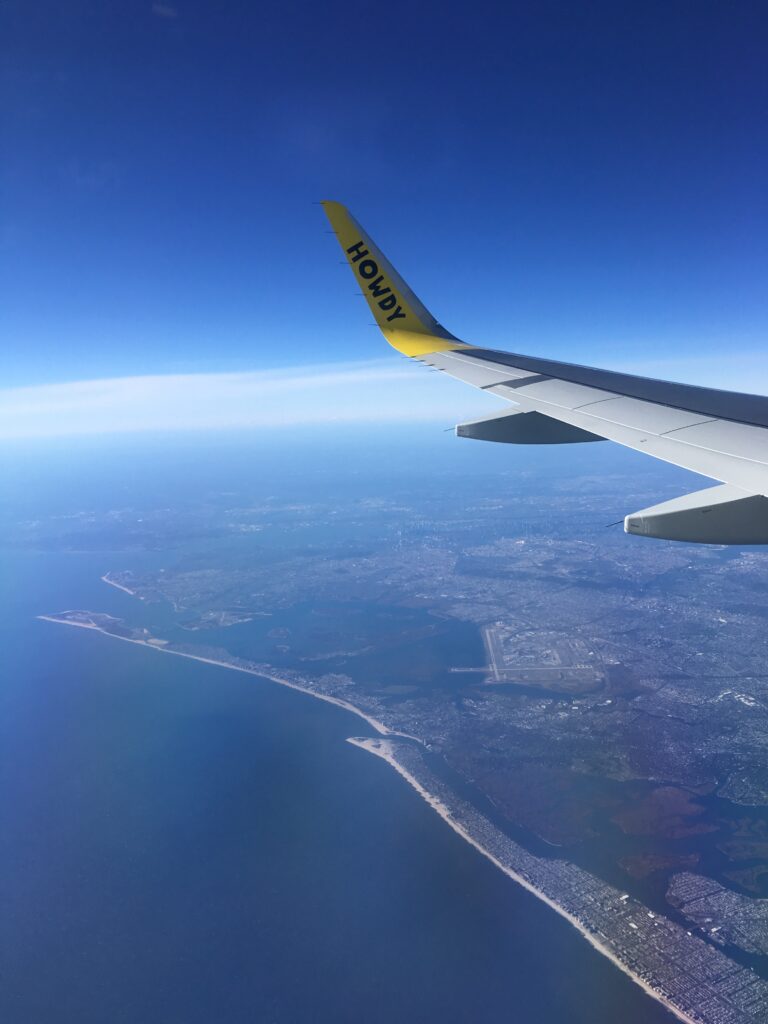Special Issue on Aircraft Noise
By Gijsjan van Blokland, Vice-President Outreach and Development of I-INCE
We are happy to present this special issue of Noise News International on Aircraft Noise. With aircraft traveling around the globe and landing and taking off at airports in more or less the same way it surely is international, and it is noisy, but we must admit it is not really news. With the introduction of the first generation of very noisy jet aircraft in the sixties and the rapid expansion of affordable air travel enabled by the B747 Jumbo in the seventies, complaints skyrocketed. Even now the extent of the noise problem around airports is underestimated as the analysis by the Anima project for the airports covered by the European Noise Directive shows.

Moving the airport away from urbanized areas only worked for a limited time, since airports are not only sources of noise nuisance but also centers of economic activities that attract employees and their families. Planning their homes away from existing flight paths was not always successful as the publication on Dublin Airport learns.
Defining fixed boundaries to the noise-exposed area conflicts with the desire to fully use the available space within the noise permit as can be observed in the example by Amsterdam Schiphol Airport. An attempt by the authorities to reduce the number of flights to comply with the existing noise limits was found to be in violation with the EU regulation on the Balanced Approach. This ICAO guideline presents strategies on noise abatement that when fully implemented could lead to more effective noise control around airports as the paper on US airports showed.
Not all is lost though. The technology in low-noise engine design is constantly improving, not in the least since it correlates highly with improving fuel efficiency. For a while, it enabled aircraft to become larger without becoming noisier, but the measurements made on departing and approaching aircraft presented in this issue demonstrate the positive trend with the older A320 being noisier than the larger A321 neo. A similar trend was found for the B737 max and the twin-aisle B787 both less noisy than their slightly smaller predecessors B737 NG and B757.
Furthermore, developments in air traffic control will enable less noisy continuous descent approaches even in busier times where, currently, level approaches are common.
We hope you enjoy this special issue.


